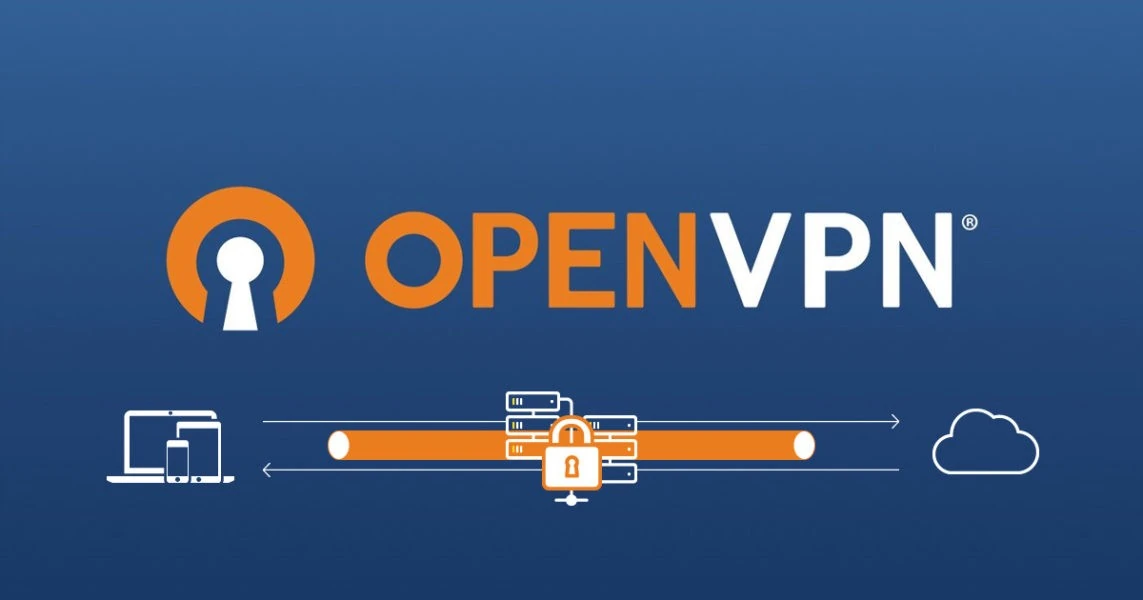
OpenVPN: A Secure Remote Access Solution
OpenVPN (openvpn.net) is an open-source virtual private network (VPN) solution that provides a secure and encrypted connection between two devices or networks over the internet. It is widely used for creating secure remote access to internal corporate networks, accessing region-restricted content, or maintaining privacy while browsing the web. OpenVPN offers a versatile and highly configurable solution for establishing secure connections, making it a popular choice for individuals, businesses, and organizations.
How OpenVPN Works:
Encryption and Authentication:
OpenVPN employs robust encryption and authentication mechanisms to ensure the security of data transmitted over the network. It uses SSL/TLS (Secure Sockets Layer/Transport Layer Security) protocols to establish a secure connection between the client and the server. SSL/TLS encryption ensures that the data exchanged between the client and the server is encrypted and cannot be easily intercepted or decoded by malicious actors.
Client-Server Model:
OpenVPN operates on a client-server model. This means there are two main components: the OpenVPN server and the OpenVPN client. The server is responsible for managing connections, encrypting and decrypting data, and ensuring security. The client connects to the server to establish a secure communication channel.
Tunneling:
OpenVPN uses a technique called tunneling to encapsulate data packets within a secure connection. When a client wants to communicate with a server, it establishes a virtual network interface on the client’s device. This interface is responsible for routing all traffic destined for the remote network through the secure tunnel.
Transport Modes:
OpenVPN supports two transport modes: TUN and TAP. TUN mode is used for routing IP packets, making it suitable for point-to-point communication and remote access scenarios. TAP mode, on the other hand, emulates a network bridge, allowing multiple devices to connect as if they were on the same local network.
Certificates and Keys:
OpenVPN relies on digital certificates and keys for authentication. Clients and servers are issued certificates that are used to verify their identities during the connection establishment process. Public and private keys are exchanged, and the authenticity of these keys ensures the security of the connection.
Configuration and Customization:
One of OpenVPN’s strengths is its configurability. Users and administrators have the flexibility to define various parameters, such as encryption algorithms, authentication methods, routing rules, and more. This adaptability makes OpenVPN suitable for a wide range of use cases.
Port and Protocol Options:
OpenVPN can operate over different protocols, including TCP (Transmission Control Protocol) and UDP (User Datagram Protocol). Additionally, it can be configured to use different ports for communication. UDP is often preferred for its lower latency and better performance, but TCP can be useful in situations where reliability is paramount.
Conclusion:
OpenVPN offers a powerful and secure solution for establishing encrypted connections over the internet. Its open-source nature allows for continuous development and improvement, ensuring that security vulnerabilities are addressed promptly. By employing encryption, authentication, and tunneling techniques, OpenVPN enables individuals and organizations to maintain data privacy and security while accessing remote resources or browsing the internet.



